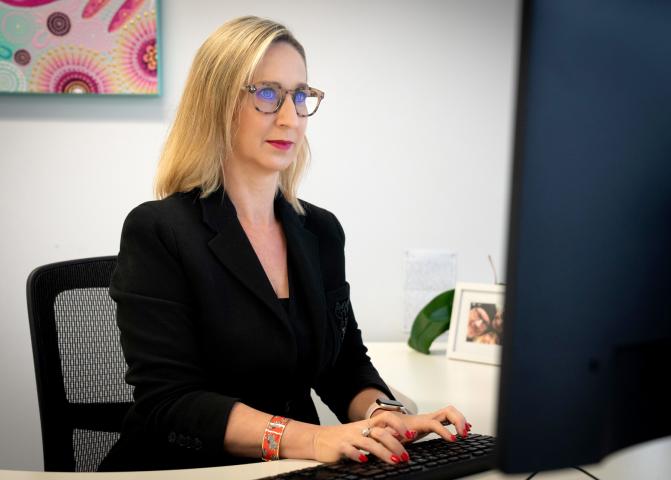
Blogs
Grow your knowledge base with blogs from healthcare subject matter experts from across Australia.
10 October 2025
Understanding the Exploration of Electronic Prescriptions in Australia
View Understanding the Exploration of Electronic Prescriptions in Australia5 February 2024
Safer Internet Day: raising awareness and tips on staying safe.
View Safer Internet Day: raising awareness and tips on staying safe.2 December 2022
Digital Health Test Beds Program - Final report
View Digital Health Test Beds Program - Final report20 October 2022
Digital Health in Medicine Capability Framework
View Digital Health in Medicine Capability Framework15 August 2022
My Health Record: enhancing emergency department care
View My Health Record: enhancing emergency department care22 December 2021
Stay safe and secure this holiday season
View Stay safe and secure this holiday season11 November 2021
Digital health is making it easier for consumers to get vaccines
View Digital health is making it easier for consumers to get vaccines29 April 2021
An opportune time to build cyber resilience
View An opportune time to build cyber resilience24 March 2021
Why it’s important to backup and store offline
View Why it’s important to backup and store offline15 January 2021
2020 – a year to remember or a year to forget
View 2020 – a year to remember or a year to forget15 September 2020